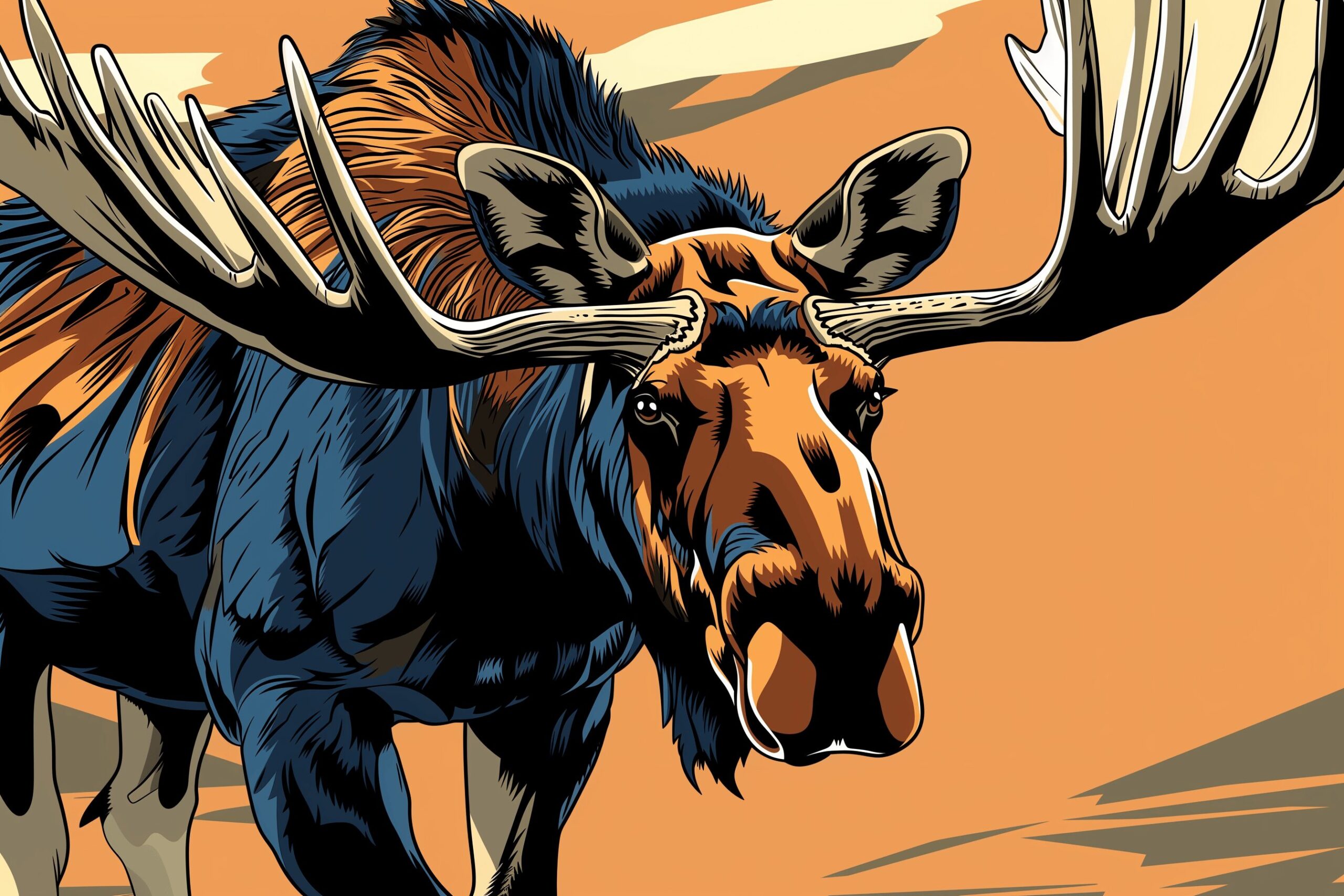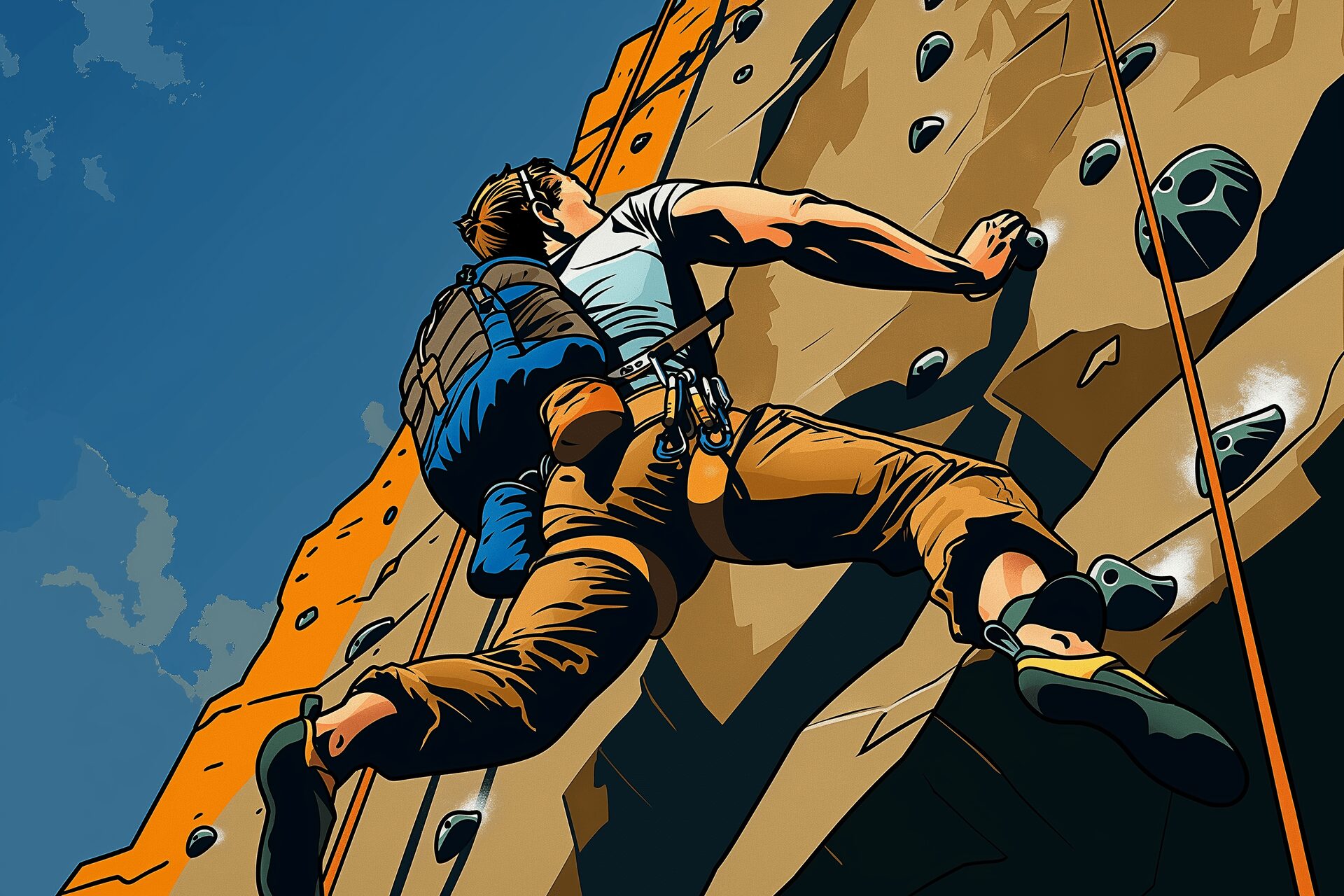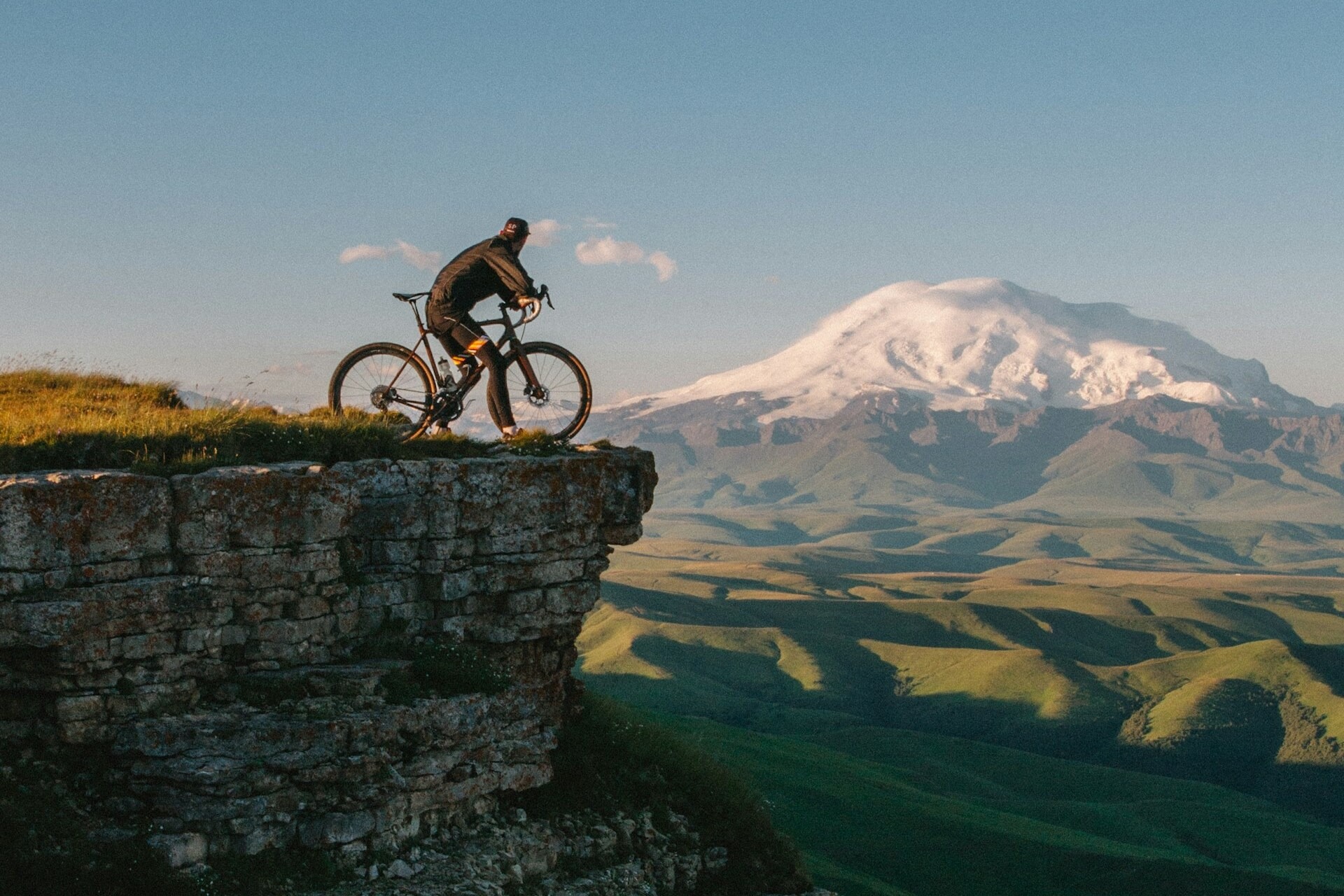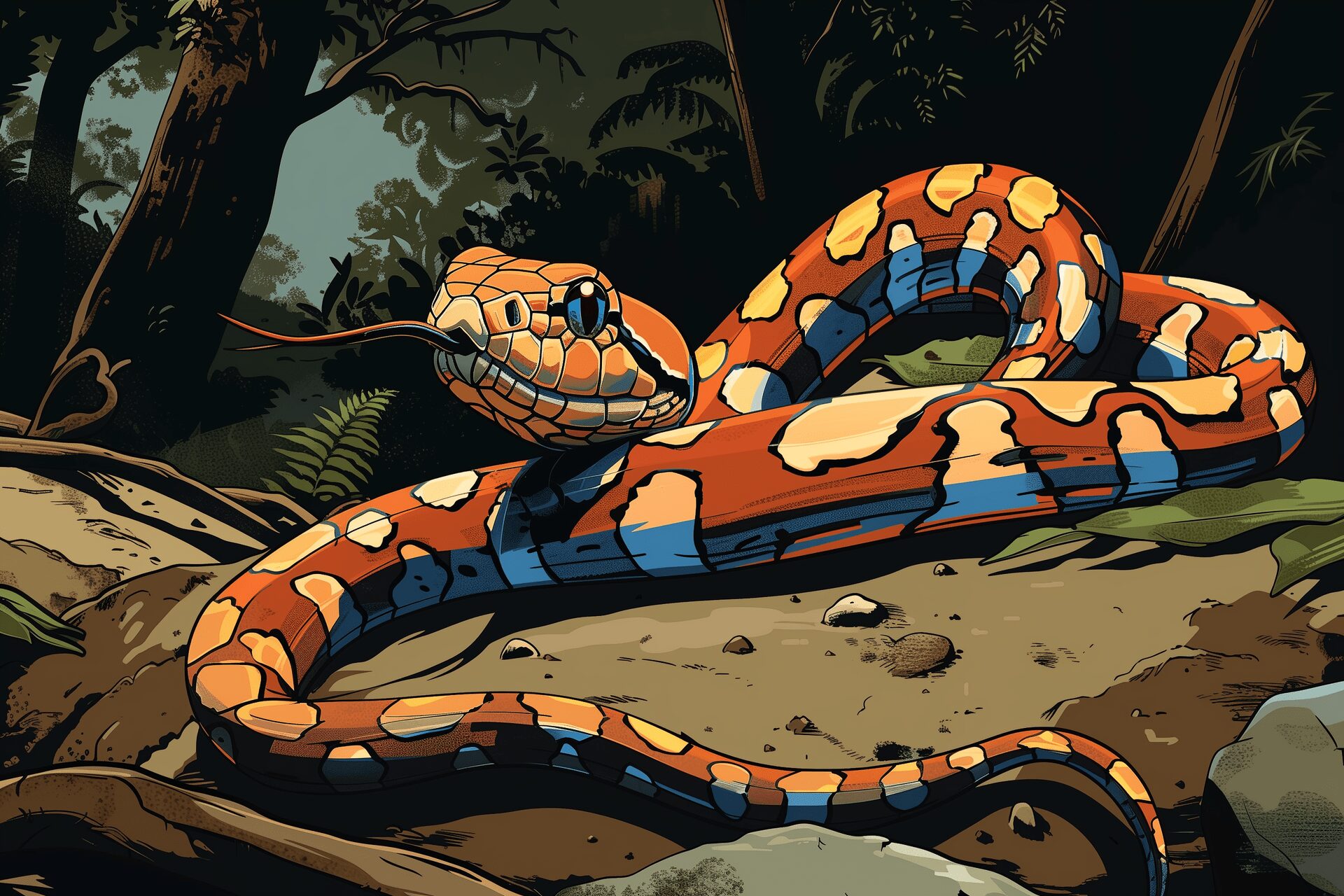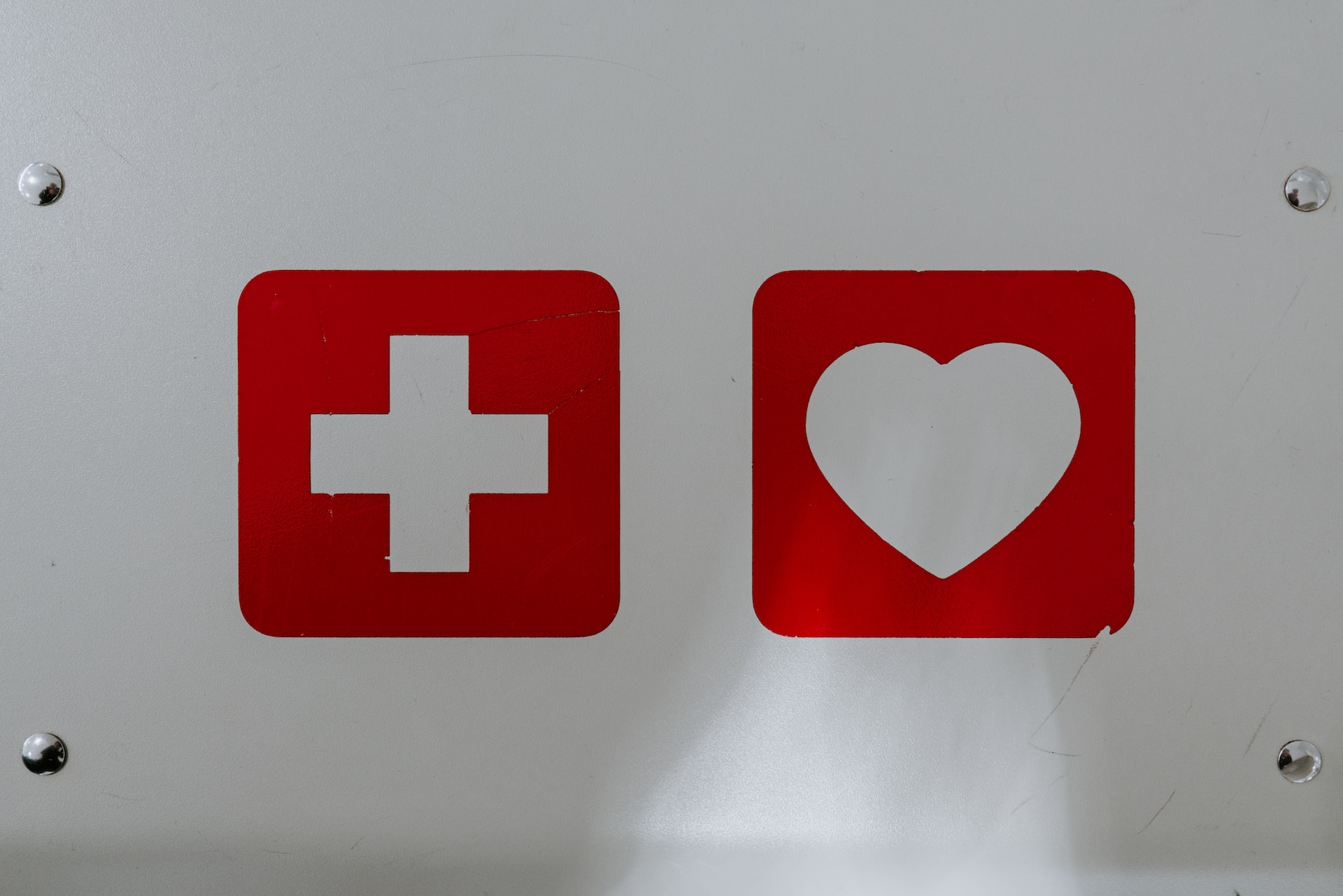
As an Amazon Associate, Modded gets commissions for purchases made through links in this post.
It doesn’t matter if you’re an avid outdoor enthusiast or a weekend warrior who likes to take the occasional day trip to the nearby park or nature center. A well-stocked first aid kit is your best line of defense for treating minor wounds and tending to more severe injuries until help can arrive. What does a first-aid kit checklist look like? It varies from person to person, but some items are universal.
Are you ready to get started on assembling your must-haves for your go-bag? Here’s your ultimate first-aid kit checklist to help you stock up before your next outing.
1. Antibiotic Wipes and Creams
In the Ernest Hemingway short story “The Snows of Kilimanjaro,” the protagonist succumbs to an otherwise minor injury in the wild because he forgot to bring peroxide. This substance is no longer considered the go-to for wound cleansing — it kills healthy cells and inhibits healing instead of promoting it. However, the moral of the tale remains the same: you need a way to clean the germs from minor cuts and scrapes to prevent infection.
Creams and ointments are far superior for treating such injuries and travel better because they aren’t liquid. Antiseptic wipes are often the first line of defense, as cuts received in the wild are rarely clean. You’ll also need plenty of cotton swabs for application, as putting the cream on your finger or directly on the cut can contaminate the tube. Gauze pads are essential for applying these ointments to larger injuries.
2. Bandages in Various Sizes
Therefore, you need plenty of gauze pads, but they aren’t appropriate for every wound. The next item on your first aid kit checklist should be plenty of bandages in myriad sizes.
What if you get a cut in an awkward location, like your finger? Trying to keep a bandaid on a knuckle joint can be a headache, as can keeping your hands dry — you should still wash your paws after using the restroom and before eating. Consider adding a small container of liquid bandages to stop bleeding from such cuts.
3. PPE
The world familiarized itself with the term “PPE” during the recent COVID-19 pandemic. It refers to personal protective equipment, and your first aid kit checklist should include the following types:
- A mouthguard for CPR: You might know those in your groups, but what if you come across someone you don’t know who has a cardiac emergency? You could save a life, but you might not want to lip-lock with a stranger.
- Protective gloves: You should always wear gloves when treating others with open wounds to prevent contamination from bloodborne pathogens.
- Masks: Masks are no longer required in most places. However, it’s still wise to keep a stash on hand. A 2-week stint in the forest can be a heavenly retreat or a misery if you catch a cold from someone with an obvious infection.
Furthermore, you should add plenty of hand sanitizer to your first aid kit checklist. You can’t always find a place to scrub your paws in the wild.
4. OTC Medications
A headache might not seem like a big deal — until you’re miles from the nearest Excedrin bottle. Your first aid kit checklist should include the following over-the-counter preparations:
- Pain killers: NSAIDs like aspirin, naproxen and ibuprofen reduce inflammation and are ideal for contusions or chronic pain from long-term systemic issues. Acetaminophen (or paracetamol) impacts your brain’s opioid receptors, dulling your pain sensation.
- Anti-diarrheal medicine: Having the squirts in the wild isn’t only inconvenient. It can lead to dehydration, a much more serious condition.
- Anti-nausea and anti-heartburn medication: If you’re prone to migraines with nausea or acid reflux, these substances can be lifesavers.
- Allergy medicines: Even the most intrepid outdoor enthusiasts can get the sniffles when exposed to new flora. Stemming the flow of mucous can prevent you from rubbing your nose raw.
5. Prescription Medications
Here’s where your first aid kit checklist gets personal. If you take any prescription medications, talk to your doctor. They can often provide a 2-week travel supply that you can keep in your go-bag.
Otherwise, invest in a pill divider to take what you need for your trek. Do you take a biologic that needs to stay cold? Talk to your doctor or check your drug manufacturer’s website — many of them have refrigerated travel bags that they’ll provide free of charge. You can also DIY an ensemble for your needed scrip.
6. The Tools of the Trade
How can you remove that stinger? The right set of tweezers comes in handy for removing splinters and other embedded objects from your skin.
Do you need to cut a bandage? You’ll need some sharp scissors to make the job easier. How can you keep that gauze in place? A thick set of medical tape can help you keep wounds clean.
7. Slings (not Arrows)
A member of your party trips into a gopher hole and turns their ankle. You fear it might be broken — what to do?
Add plenty of fabric for slings on your first aid kit checklist. While you can make do with a torn piece of your shirt in a pinch, it could leave you shivering if conditions turn cold before reaching help.
8. A Way to Call for Help
Should you include a GPS device or a satellite phone on your first aid kit checklist? It depends on how far you go into the wild. You can’t rely on cellular service to reach, even with today’s satellites — many places out west will leave you with zero bars, for example.
Even if you stay relatively close to home, a backup charger should make its way into your kit. You know Murphy’s Law — if your phone can die when you need it the most, it will. Better yet, make it a solar model, so you never run out of juice.
First Aid Kit Checklist
Every outdoor adventurer needs a quality first aid kit. Even weekend warriors on day trips to the park should stash one in their car for emergencies.
Take this ultimate first aid kit checklist with you when you stock up on supplies. Personalizing your care improves your chances of making it out of the wild despite minor injuries.
Stay up to date with the latest by subscribing to Modded Minute.
Author
Jack Shaw is a senior writer at Modded. Jack is an avid enthusiast for keeping up with personal health and enjoying nature. He has over five years of experience writing in the men's lifestyle niche, and has written extensively on topics of fitness, exploring the outdoors and men's interests. His writings have been featured in SportsEd TV, Love Inc., and Offroad Xtreme among many more publications.

